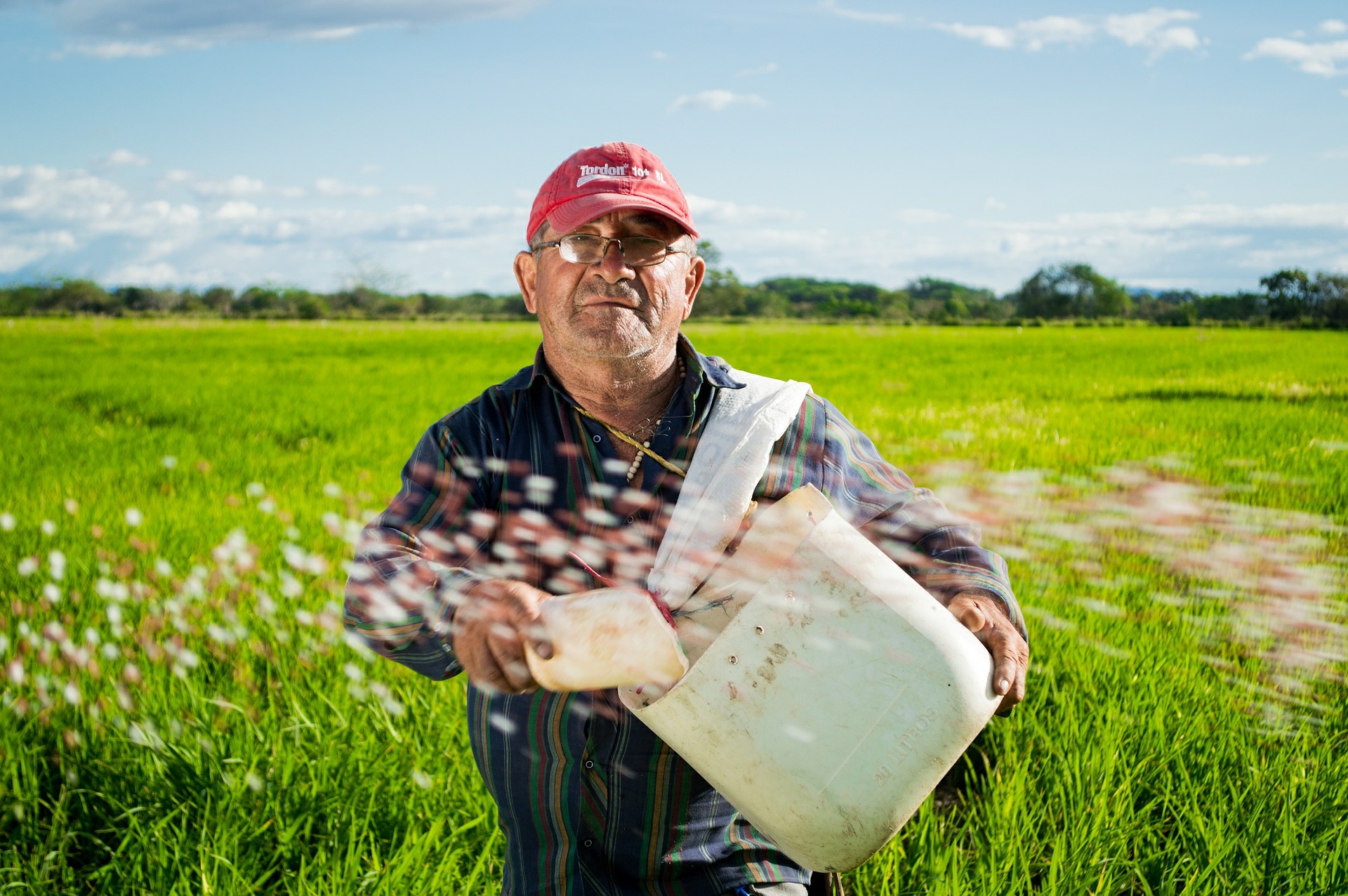 It’s been a difficult year for all, with 2020 sparing very few businesses and industries. Delaware’s agricultural sector and the farmers that work within it are no exception. Let’s take a closer look at how this year has affected our farmers and what the potential holds for the New Year:
It’s been a difficult year for all, with 2020 sparing very few businesses and industries. Delaware’s agricultural sector and the farmers that work within it are no exception. Let’s take a closer look at how this year has affected our farmers and what the potential holds for the New Year:
A Virtual Reality
This year saw many of our local farmers having to adapt to a life online. Unfortunately, with many smaller farms still family run operations, the switch to virtual hasn’t been a seamless one. In addition, working with government agencies during this time has proved difficult, with many remaining closed or functioning with very few staff, which has made any progress in the industry this year very slow and difficult. While meetings are held virtually, it is difficult to engage in this format considering the technological challenges and the busy lives of many farmers.
Unpredictable Weather
One of the many challenges that 2020 brought along this year was very unpredictable weather patterns. It was a very hot and dry summer with rains appearing quite late in the game. This has affected the yield of many drops, particularly corn and beans.
Labor Issues
With temporary labor most needed on farms during the summer season in order to prep for harvest, this proved to be a challenge this year. Movements were limited due to the ongoing pandemic and many farmers struggled to find the labor they needed, never mind trying to battle the minefield of restrictions placed upon them.
A Limited Market
Many farmers found themselves with limited places for which to sell off any livestock this year. Unfortunately, in a time when many farmers needed to sell in order to increase their cashflow, there just wasn’t the means in which to do so. With Easter being the primary time for lamb sales, this just didn’t happen in 2020 with many lambs going for far below their normal market value.
A Lack Of Demand
Farmers supplying food to places like schools and restaurants also saw their prices plummet this year, due to a lack of demand. With grocery stores also limiting orders early on, dairy farmers will also be asked to cut back on milk production by around 15%. For a small family-run farm, even a small amount like this has a big impact in the long run, and you can see just how small can get big if you bet apuestas Mexico. China also stopped importing grains, resulting in a surplus of corn, and a drop in prices.
A Need For Innovation
The good news is those farms that were small enough to innovate quickly managed to come out on top. Farms that could offer fresh, local produce at lower prices directly to the market benefitted tremendously. This year saw a big push to support local, with many people avoiding bigger more crowded grocery stores in favor of smaller farms that could deliver to their door or offered drive-through services.
The biggest issue now facing these farmers is uncertainty. This remains the trickiest of all to navigate as even the best laid plans can be turned upside down at a moment’s notice.